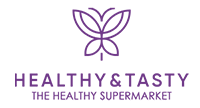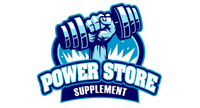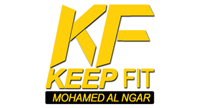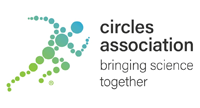Your shopping bag is empty
Iron is an essential mineral that plays a crucial role in proper growth and development. Your body uses iron to produce hemoglobin and certain hormones. There are two types of iron found in food: heme iron (derived from animals) and non-heme iron (derived from plants).
While iron can be taken as a dietary supplement, it is adequately available in our food sources. Vegetarians can find non-heme iron in dried legumes, dark leafy vegetables, dried fruits, nuts, seeds, whole grains, and bread.
Hemoglobin is a protein found in red blood cells that carries oxygen from the lungs to all parts of the body. Another protein produced by iron is myoglobin, which provides oxygen to the muscles.
Why you need iron:
Your body needs iron to function properly. If there is a deficiency in iron, it can lead to iron deficiency. And if you consume an excessive amount of iron, it can cause iron poisoning. The average requirement for vegetarians is 32 mg per day for women and 14 mg per day for men. Vegetarians need up to 1.8 times more iron compared to meat eaters.
Iron plays a vital role in proper body functions, including:
Blood production health:
Iron is present in red blood cells known as hemoglobin, which carries oxygen in the blood from the lungs to the tissues. This improves heart health, respiratory function, and immune system function.
Physical health:
Your skin, hair, and nails appear stronger and healthier due to the synthesis of collagen, which is an essential protein for joint and skin health. Collagen production is facilitated by iron, which is an essential component for the enzymes necessary for proper production. Iron is present in muscle cells, where it is called myoglobin, and it helps muscles absorb, store, and transport oxygen.
Mental health:
Iron forms some essential proteins for energy metabolism. An appropriate amount of iron improves overall energy and increases concentration. Low iron levels may lead to iron deficiency known as anemia. Anemia symptoms include fatigue, weakness, pale or yellowish skin, shortness of breath, dizziness or lightheadedness, chest pain, cold hands or feet, and headaches.
Types of iron and sources:
There are two main types of iron found in food: plant iron (non-heme iron) and animal iron (heme iron). Plant iron is in a form not directly available to the body and requires some attention to enhance its absorption. Sources rich in plant iron include legumes like lentils and beans, whole grains like oats and quinoa, nuts and seeds like almonds and beans. Plant iron can also be obtained from dark leafy vegetables such as spinach and kale.
Animal iron is found in red meat, poultry, fish, and dairy products like milk and cheese. Animal iron is easily absorbed and utilized by the body.
Iron absorption in the body:
The absorption of animal iron is more efficient than plant iron. The body easily absorbs animal iron through the digestive system, with an absorption rate ranging from 15 to 35 percent. Plant iron is affected by other factors in the diet and is absorbed to a lesser extent, with an absorption rate ranging from 2 to 20 percent. It is worth noting that consuming plant iron with a rich source of vitamin C, such as citrus fruits or tomatoes, helps enhance the absorption of plant iron and convert it into a form easily used by the body.
Meeting iron requirements:
It is important to ensure that you meet your personal iron needs, whether you consume plant-based or animal-based iron. Personal requirements depend on various factors such as gender, age, weight, and health status. It is preferable to consult a doctor or nutritionist to determine personal needs and guide you on the appropriate amounts.
It is beneficial to consume a variety of iron sources and incorporate them into your diet. You can consume red meat and poultry if you prefer animal iron, or legumes, whole grains, and nuts if you prefer plant iron. You may also consider dietary supplements if your personal iron needs are difficult to meet through food alone.
Choosing the right iron and meeting your personal needs can be an important part of achieving a healthy diet. Enjoy a diverse range of iron-rich sources and do not hesitate to consult a doctor or specialist to meet your personal iron needs.





















Leave a reply